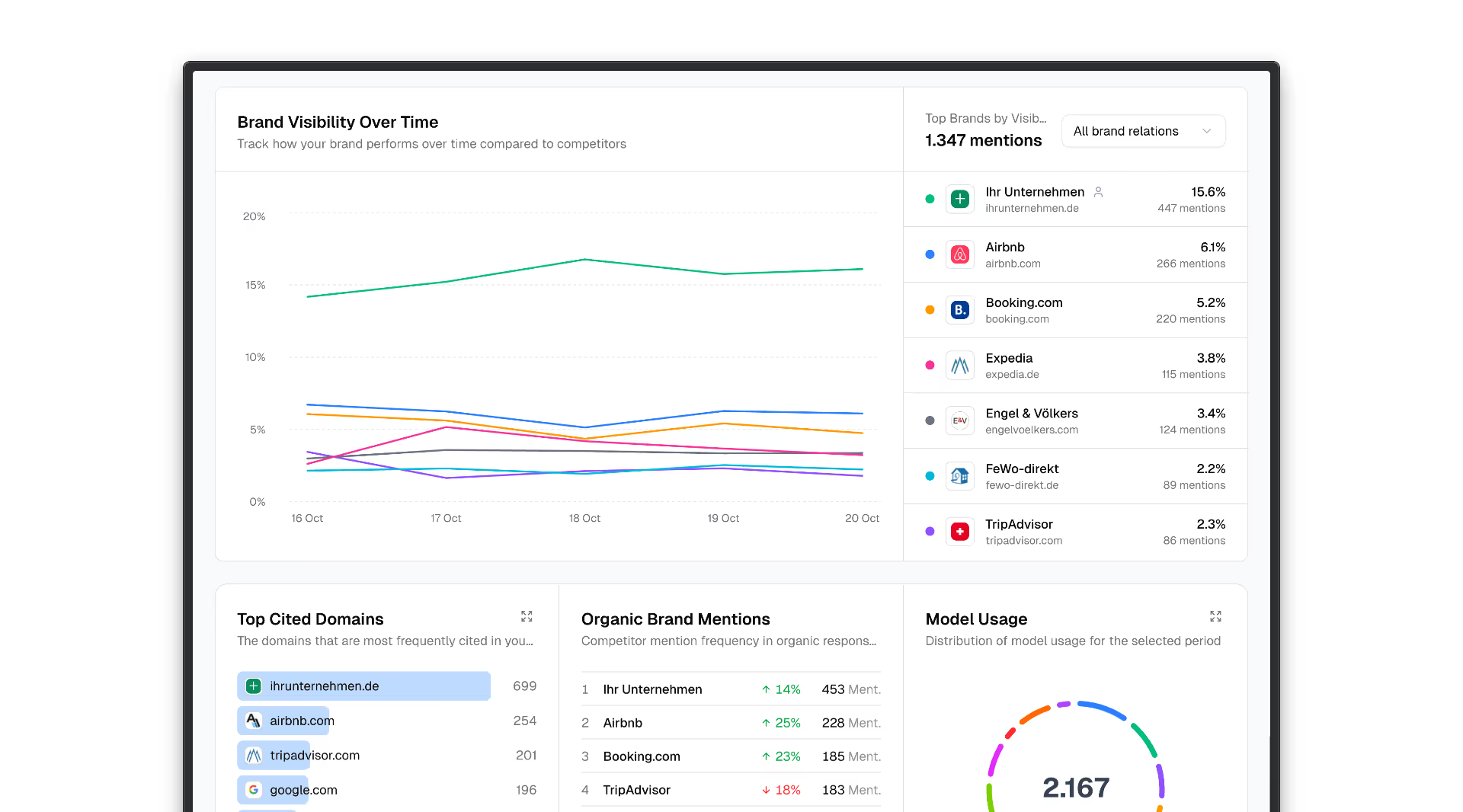What is an API (Application Programming Interface)?
An application programming interface (API) is a interface, consisting of rules and protocols, which enables various software applications to communicate with each other and exchange information.
APIs determine how applications can retrieve and transfer data. They serve as mediators between different systems, regardless of programming language or platform.
Key features and uses of APIs:
- Data access:
Applications can easily access data or services from other programs through APIs. For example, an app can use an API to retrieve or update information from an external database. - integration:
APIs enable seamless integration of various systems and software components. Data and functions can be easily transferred between applications. - Extensibility:
Through APIs, developers can easily integrate new features and services into existing applications, expanding their range of functions. - abstraction:
APIs hide complex internal processes behind a simple interface. Developers can use APIs without detailed knowledge of how the target application works. - Security and access control:
APIs make it possible to implement security mechanisms to ensure that only authorized users or applications have access to specific resources. - Versioning:
APIs are frequently versioned so that updates don't adversely affect existing integrations. This guarantees smooth development and maintenance of applications.
APIs play a central role in software development today. They enable the networking and integration of various applications, support web services, automation processes and the expandability of platforms.
APIs are used in areas such as social media, cloud services, financial technology, and the Internet of Things (IoT) and help developers create powerful and innovative software solutions.
conclusion
APIs are essential for efficient and sustainable software development. Through their standardized communication between applications, they not only facilitate integrations, but also promote innovation and scalability.
